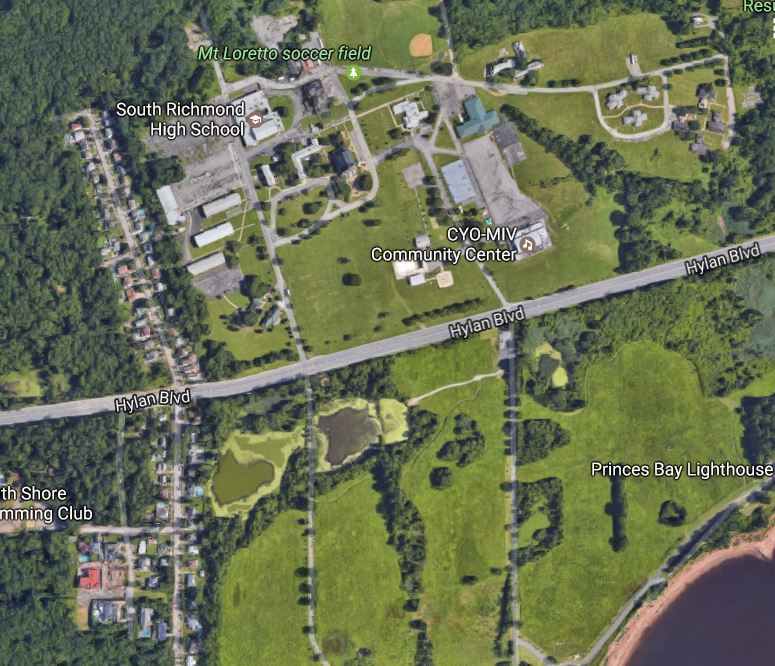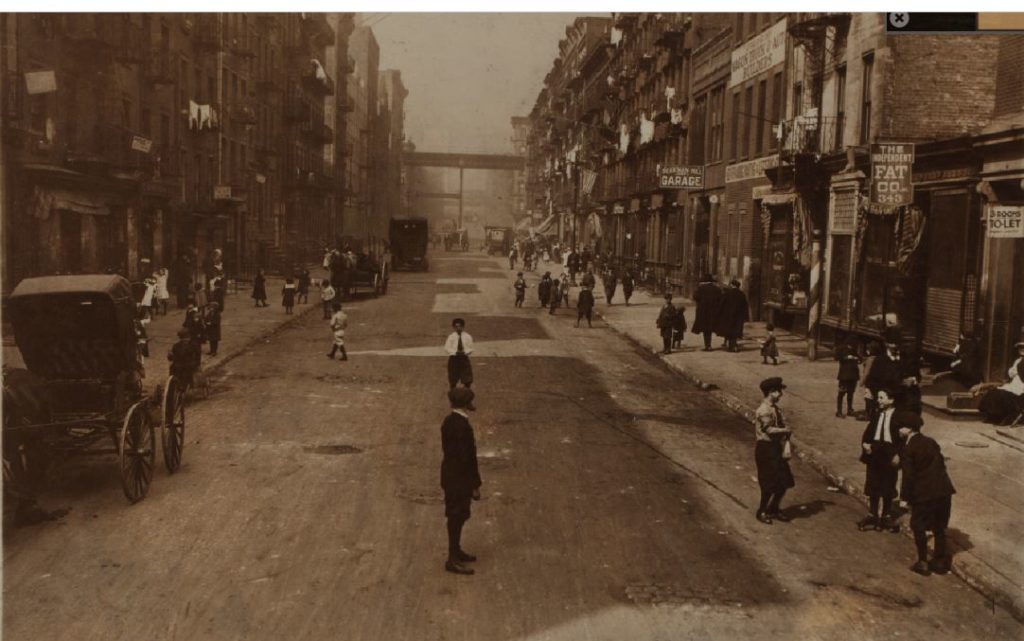
Tim and Tige lived and played on East 48th Street near First Avenue, pictured here in 1915. This neighborhood was razed to make way for the United Nations Plaza in 1948. NYPL Digital Collections
When we left Part I of this Old New York dog tale, little Tim Leahy had just been separated from his only friend, a Newfoundland named Tige. In Part II, we’ll travel to the southwest shore of Staten Island, to Father Drumgoole’s Mission of the Immaculate Virgin at Mount Loretto, a large, 600-acre farm for thousands of orphaned children and one very lucky homeless Newfoundland.
Tim and Tige Are Separated
In October 1896, after his great aunt and only caregiver was taken to the hospital with a fatal illness, nine-year-old Tim Leahy was left to fend for himself in their tiny tenement apartment at 400 East 48th Street. For several days a neighbor took care of Tim and his dog, but eventually the New York Society for the Prevention of Cruelty to Children–aka the Gerry Society–came to place Tim in a more suitable home.
The Gerry men took Tim to Father Drumgoole’s Manhattan mission, but they left his Newfoundland in the apartment.
According to an article in The New York Herald, Tige was miserable without his boy, and he let all the neighbors know of his misery through his constant whining. One tenant, John Dugan, threatened to toss Tige into the streets. Luckily for Tige, another neighbor who lived in the flat below–and who was much bigger than John–came to the dog’s rescue. John A. Horstman was not about to let Tige be thrown into the streets like garbage.
For now, Tige was safe at least, if not completely despondent.
Father Drumgoole’s Mission at Mount Loretto
In 1879, Father John Christopher Drumgoole used the proceeds from his 16-page newsletter called The Homeless Child and Messenger of St. Joseph’s Union to purchase four city lots at the northeast corner of Great Jones Street and Lafayette Place. Where once had stood the Protestant Episcopal Church of St. Barthlolomew, Father Drumgoole constructed his 10-story Mission of the Immaculate Virgin.
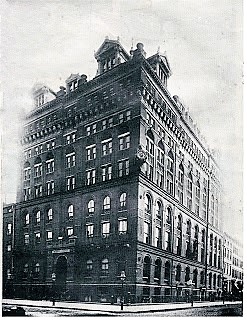
The Mission was dedicated to the care and protection of “homeless and destitute boys” under the age of sixteen–in particular, bootblacks and newsboys. Here, the boys received secular and religious education and, according to King’s Handbook of New York City, “were taught habits of industry and self reliance.”
Less than two years after the Mission opened, Father Drumgoole realized he needed a larger orphanage to provide a much-needed escape from poverty, violence, and alcoholism. So he and Rev. James Dougherty set out on a mission to find a suitable site. They considered several sites–including the Halliday mansion, a 700-acre estate in Westchester County, New York–but most proved too expensive or too far from the city.
The Bennett Farm
One day in April 1882, the two priests traveled by boat to Tottenville, Staten Island, to visit the large Bennett farm in Pleasant Plains on the southwest shore. They rented another boat in Tottenville from a knowledgeable boatman, who pointed out all the farms for sale along the way to Pleasant Plains.
“The old lady wants to sell because she’s all alone with her granddaughter,” the boatman said of the Bennett farm. Upon their arrival, Father Drumgoole was instantly impressed by the wide fields, the fresh air that blew in from the ocean, the sunny beach, and the views of ocean liners in the distant passing through the Narrows. A farm like this would not only bring the children good health, but would also be the ideal place for them to learn how to be self-sufficient farmers.
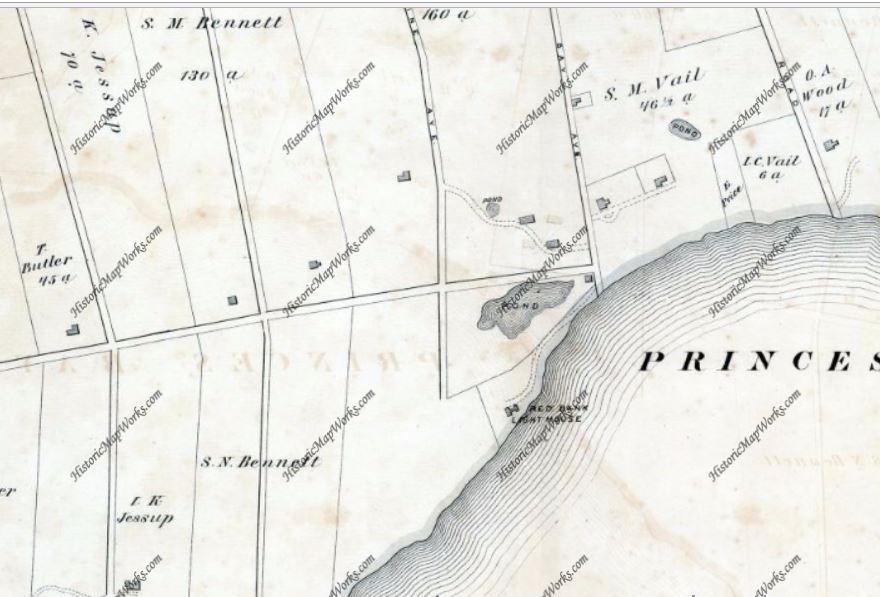
In June 1882 Father Drumgoole purchased Mrs. Bennett’s 138-acre of farm, with all its stock, crops, and farming machinery, for $22,000. The purchase included 2,000 feet of shore and drowned lands along the bluff of Prince’s Bay and several structures, including a two-story frame house with wide porch. To insure grounds large enough for future needs, he also bought the adjoining Jessup farm of 70 acres for $15,000, the small adjoining Nance farm for $5,000, and, in 1883, the Vail and Seguine farms.
Father Drumgoole named the new campus Mount Loretto after an order of nuns known as the Ladies of Loretto. He made plans to construct several new buildings, including a main building with a chapel, another with classrooms and dormitories, and a third for a laundry and living quarters for women employed for domestic work. He also brought on a local farmer, Mr. Murphy, to help establish a good working dairy and chicken yard.
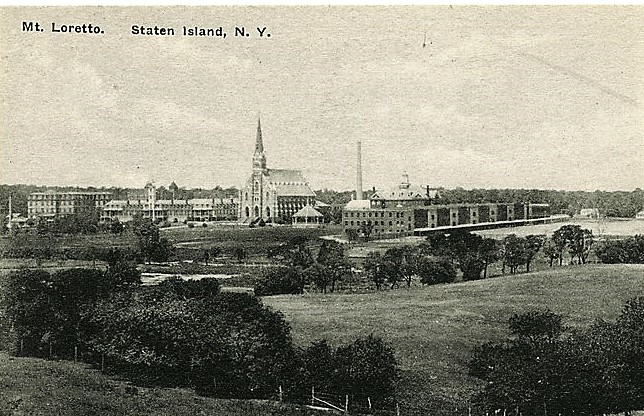
On Thanksgiving Day, 1883, before the buildings at Mount Loretto were even finished, Father Drumgoole brought the first boatload of children from the Manhattan shelter to the new orphan farm. In addition to farming, for which the children received pay equivalent that of farmhands, the orphans received commercial, vocational (eg, carpentry, mechanics, and agriculture), and academic training.
The kids made their own clothes and grew their own vegetables, and they raised cattle, pigs, chickens, and horses. As a result, Mount Loretto became one of the most productive farms on Staten Island, with 300 head of cattle, 600 pigs, and 50 horses. Many of the children saved up their pay to purchase their own farms after graduation.
Meanwhile, back in Manhattan, the original shelter developed into a center for commercial education where students prepared to go on to college or were trained as bankers, truck drivers, tailors, and butchers.
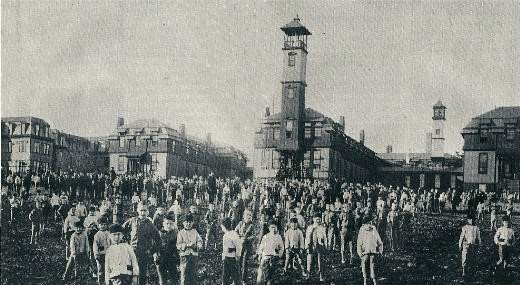
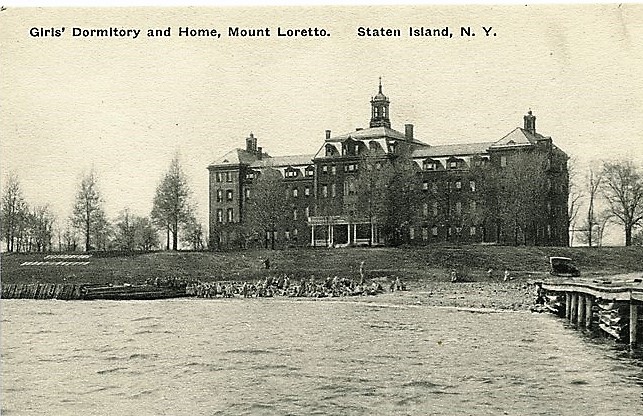
Tim and Tige Are United
When news of Tim and Tige hit the press, a wealthy woman named Mrs. Floyd Jones went to the Manhattan mission to plead her case for reuniting boy and dog. By this time, Father Dougherty was in charge of the orphan farm on Staten Island (Father Drumgoole had died from complications of pneumonia in 1888).
As reported in the New York Herald on October 17, 1896, Father Dougherty was very receptive to the reunion cause.
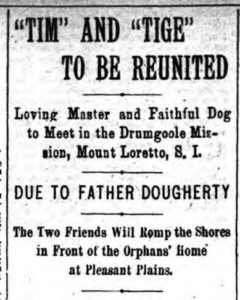
“Why, the lad must have his dog, by all means,” he told Mrs. Jones. “In a few days Tim will be sent to our Home at Mount Loretto, Staten Island. The grounds are right on the shore and cover nearly a mile of territory. There Tim and Tige can romp and play to their hearts’ content. Receive the dog there? Why, of course, we’ll receive him and care for him the best we can.”
Shortly thereafter, Tim’s old neighbor John A. Horstman helped deliver Tige the Newfoundland to his new forever home in Staten Island.
